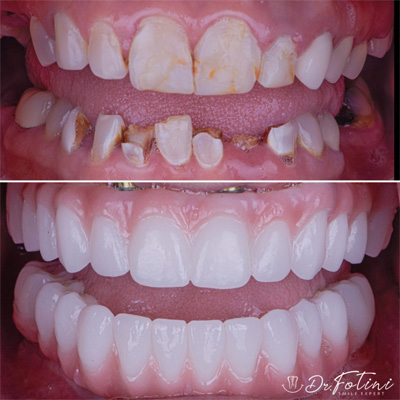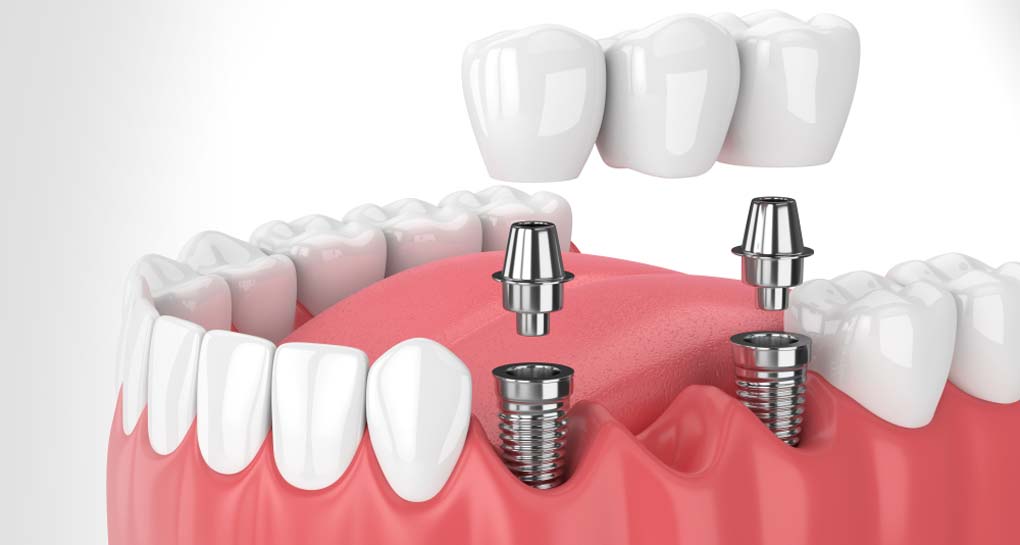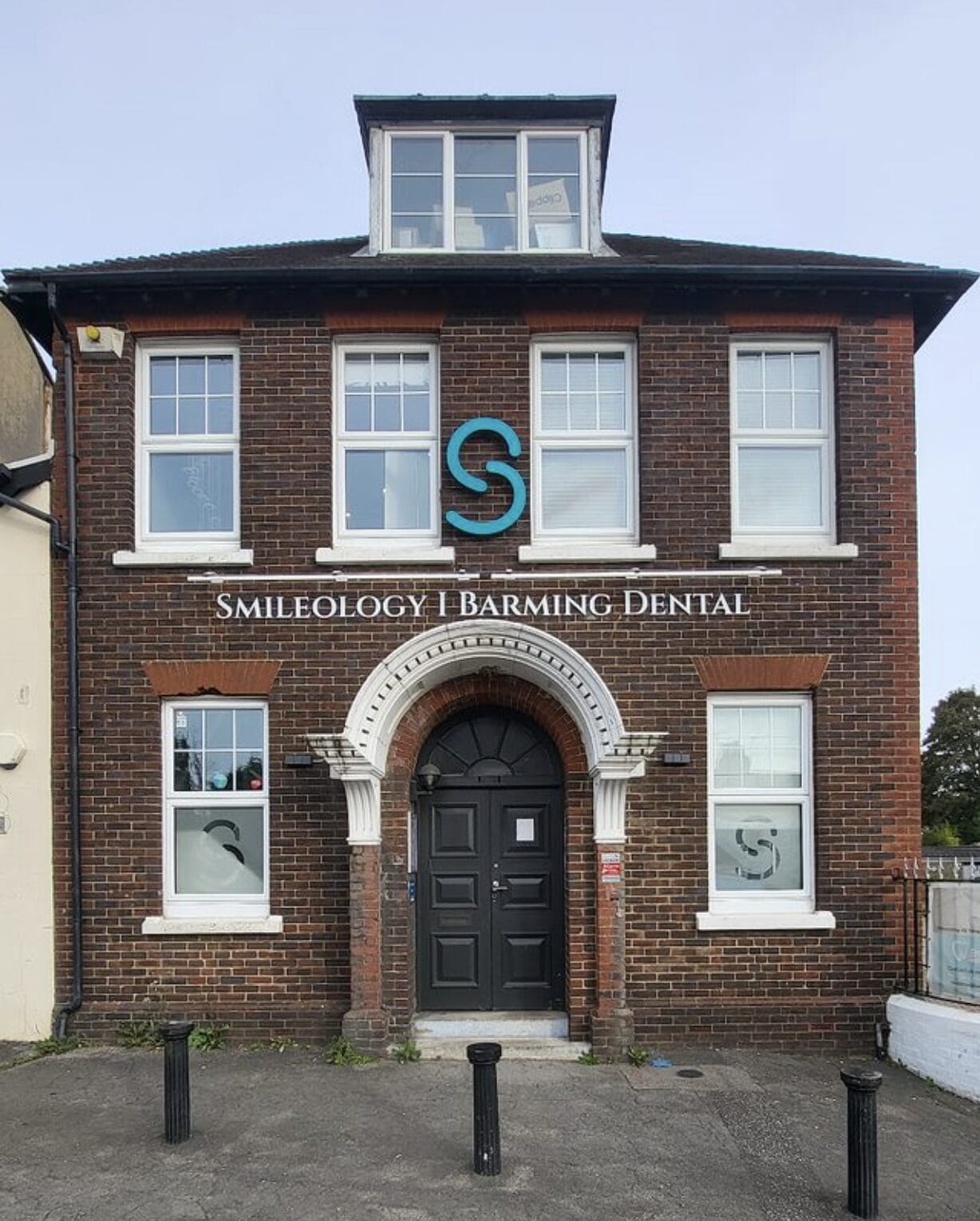Restore Your Smile with Dental Implants Kent: Specialist Solutions
Restore Your Smile with Dental Implants Kent: Specialist Solutions
Blog Article
Experience the most up to date Developments in Oral Implants Modern Technology
As the area of dentistry proceeds to progress, the improvements in dental implant modern technology have been nothing brief of amazing. The combination of modern technology is revolutionizing the functionality of dental implants, assuring improved end results and person complete satisfaction.
Advanced Products for Boosted Durability
In the world of dental implants innovation, the integration of innovative products has actually considerably added to enhancing toughness and durability of these critical dental prosthetics. The use of materials such as titanium alloys, zirconia, and ceramic substances has actually transformed the area by supplying enhanced resistance, strength, and biocompatibility to rust.
Titanium alloys are extensively used in dental implants because of their remarkable strength-to-weight proportion, deterioration resistance, and compatibility with the human body. These alloys guarantee the stability and durability of the dental implant by withstanding the forces put in throughout speaking and chewing, offering a trustworthy solution for patients seeking resilient tooth substitutes.
Zirconia, a kind of ceramic product, has acquired popularity for its biocompatibility and natural tooth-like appearance. Its high stamina and resistance to put on make it an ideal selection for oral crowns and bridges, enhancing the overall looks and capability of the dental implant.

Digital Imaging for Accurate Placement
The evolution of dental implants technology has actually better advanced with the combination of electronic imaging strategies, ensuring specific placement of these prosthetics for optimal functional and aesthetic results. Digital imaging plays a critical function in the planning and placement of oral implants by supplying thorough 3D pictures of the person's jawbone structure. This modern technology allows dentists to evaluate bone density, find crucial frameworks, and intend the precise setting and angle for dental implant positioning with unrivaled accuracy.
By making use of electronic imaging, dental experts can produce online medical overviews that function as a roadmap during the dental implant positioning procedure. These overviews are personalized for each individual, considering their unique anatomy and the wanted result. This degree of accuracy not only enhances the success rate of dental implant procedures yet also decreases the danger of difficulties.
Furthermore, electronic imaging allows dentists to envision the final prosthetic repair prior to the actual placement of implants, permitting for thorough planning and making sure that the result fulfills the individual's visual expectations. Overall, the assimilation of digital imaging technology has revolutionized the field of oral implants, offering clients an extra foreseeable, reliable, and patient-specific treatment technique.

Minimally Invasive Surgical Strategies


Innovations in medical methods have brought about the development of minimally invasive strategies in the field of dental implantology. These strategies aim to reduce trauma to the person, shorten recovery times, and boost total treatment end results. Minimally intrusive medical treatments entail smaller incisions, specialized instruments, and advanced imaging modern technologies to specifically put dental implants with minimal interruption to bordering tissues.
One trick facet of minimally intrusive strategies is using directed surgical treatment, where 3D imaging and computer-aided style software application are employed to prepare the implant placement with great precision. This enables a much more predictable result and can frequently eliminate the demand for considerable flap surgery.
Moreover, developments in products and dental implant layout have likewise added to the success of minimally invasive methods. Implants with enhanced surface area residential or commercial properties advertise quicker Related Site osseointegration, reducing the recovery time called for prior to the prosthetic remediation can be placed.
3D Printing for Custom-made Solutions
Using 3D printing innovation in oral implantology permits the production of highly personalized remedies tailored to individual client demands and anatomical variations. This sophisticated technology allows dental specialists to design and produce oral implants with extraordinary accuracy and precision. By utilizing digital imaging methods, such as cone beam of light calculated tomography (CBCT), thorough 3D models of the client's dental tooth cavity can be produced to assist the dental implant intending procedure.
One of the key advantages of 3D printing in dental implantology is the ability to develop patient-specific implants that perfectly fit the distinct composition of each individual. This individualized technique assists improve the overall success and long life of the dental implant by making certain optimum fit and placement. In addition, 3D printing enables the manufacturing of intricate geometries and detailed frameworks that would certainly be impossible or challenging to achieve using traditional production approaches.
In addition, 3D printing modern technology makes it possible for dentists to streamline the implantation procedure, lowering surgery time and boosting general individual experience. With its capability to produce customized solutions rapidly and efficiently, 3D printing is revolutionizing the area of dental implantology, offering patients cutting-edge therapy options and boosted end results.
Integrated Innovation for Improved Functionality
Implementing innovative technology in dental implantology boosts functionality and accuracy, elevating the requirement of treatment for people undergoing implant treatments. Integrated technology plays a vital duty in improving the general success and durability of dental implants.
Moreover, the integration of computer-aided design and computer-aided manufacturing (CAD/CAM) innovation makes it possible for the creation of customized implant reconstructions with extraordinary precision. CAD/CAM systems utilize digital perceptions to make prosthetics that perfectly fit the client's distinct composition, making sure optimum convenience and functionality. Additionally, the use of robotic-assisted surgical treatment in implant placement improves precision and lessens the danger of human mistake.
Final Thought
In final thought, the most recent technologies in oral implants modern technology deal boosted longevity via innovative products, specific positioning with digital imaging, minimally invasive surgical strategies, tailored remedies with 3D printing, and boosted performance with integrated innovation - Dental implants Kent. These developments in dental implants modern technology are changing the area and offering clients with more reliable and effective therapy alternatives for restoring their smiles and oral see this website wellness
The assimilation of innovation is transforming the capability of dental implants, assuring enhanced end results and client satisfaction.
The advancement of dental implants innovation has additionally advanced with the combination of electronic imaging techniques, dig this making certain exact placement of these prosthetics for ideal functional and aesthetic end results. Minimally invasive surgical treatments involve smaller sized incisions, specialized instruments, and progressed imaging innovations to specifically place dental implants with marginal disruption to bordering cells.
Executing innovative modern technology in dental implantology boosts functionality and precision, boosting the standard of care for people undergoing dental implant treatments. Dental implants Kent. Integrated technology plays a crucial role in enhancing the total success and resilience of dental implants
Report this page